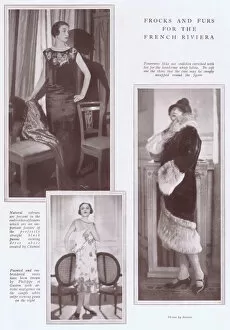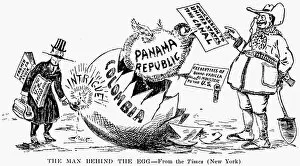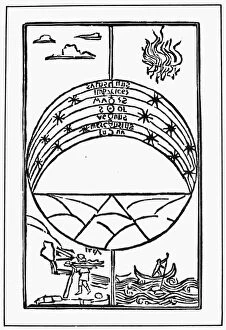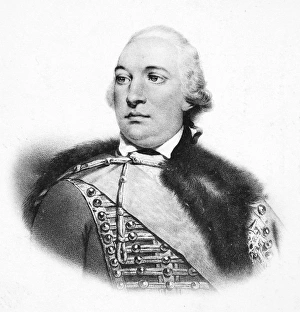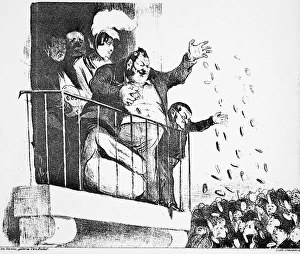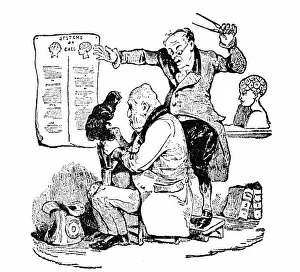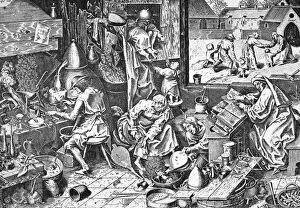Philipe Collection
"Philipe: A Man of Many Faces and Talents" From being an advertisement model to a historical figure, it has left his mark in various realms
All Professionally Made to Order for Quick Shipping
"Philipe: A Man of Many Faces and Talents" From being an advertisement model to a historical figure, it has left his mark in various realms. In the world of fashion, Philipe Contepomi captivated audiences with his charm and elegance as he showcased three exquisite frocks and furs for the glamorous French Riviera in 1925. But it doesn't stop there - delve into history, and you'll find Louis Philipe II, Duke of Orleans. Known as Philippe egalité, this enigmatic figure met a tragic fate on November 6th, 1793. The engraving by Blanpain after Renaud immortalizes him on his way to execution during the tumultuous times of the French Revolution. Moving across continents and time periods, we discover another intriguing connection to Philipe. In an American cartoon from 1903 titled "The Man Behind the Egg, " Philippe-Jean Bunau-Varilla is credited for negotiating President Theodore Roosevelt's acquisition of the Panama Canal Zone for the United States. Shifting gears once again, we encounter Henri Philippe Petain - a renowned French soldier who played a significant role in World War I. His portrait painted over a photograph captures his stoic determination that led him to become one of France's most respected military commanders. Venturing into philosophy and science brings us Empedocles' four elements - earth, air, fire, and water - depicted in an artwork from 1496. These fundamental components are believed to shape our universe alongside planetary orbits beautifully illustrated within this piece. During moments of revolution like that which occurred in France in 1830 known as "The Little Patriots, " figures like Louis Philippe Comte de Segur emerged onto center stage. As both soldier and diplomat, he played a crucial role during these turbulent times. Lastly but not leastly is Jean-Philippe Rameau.



